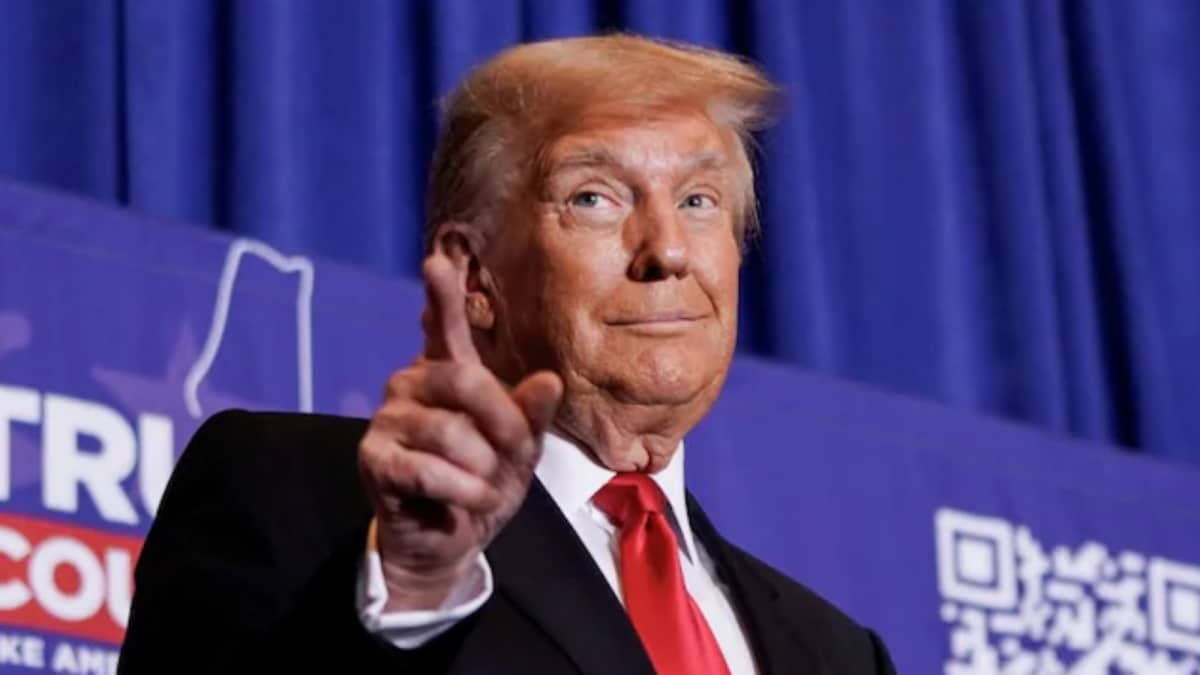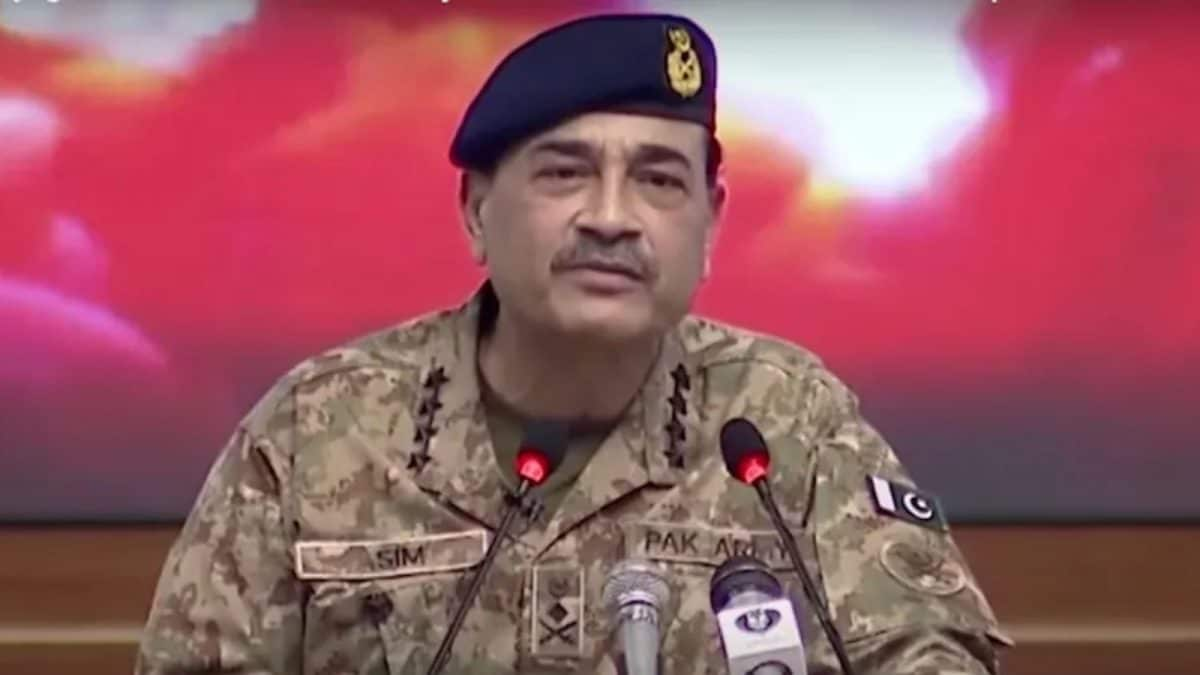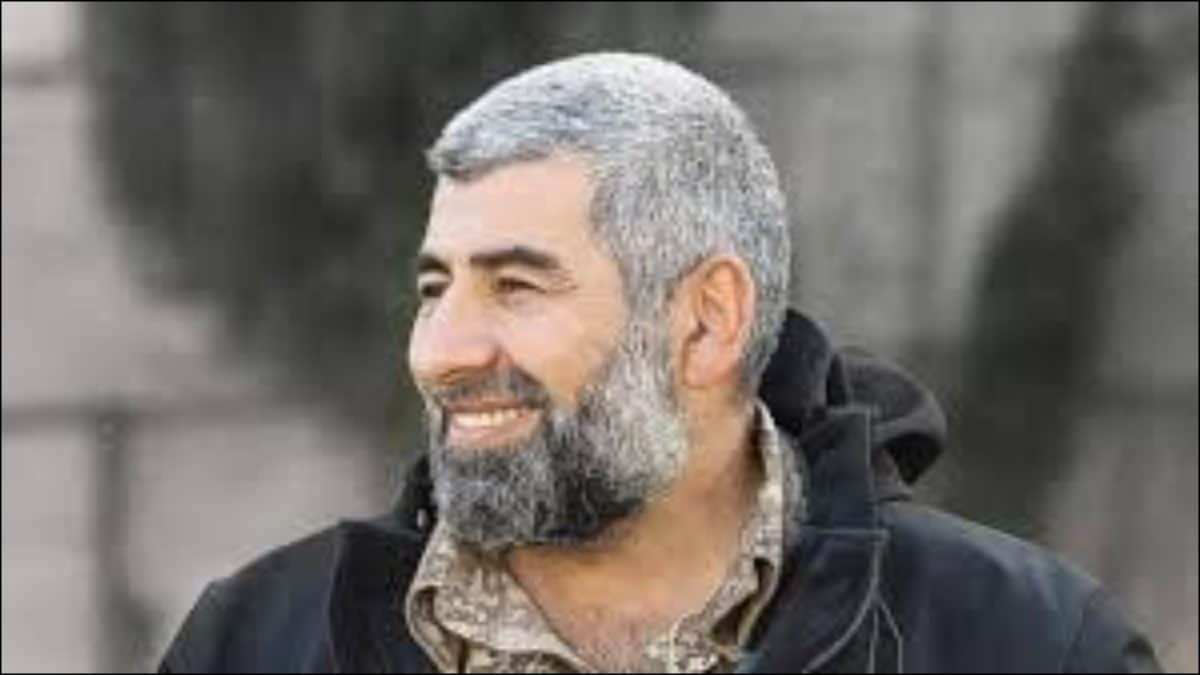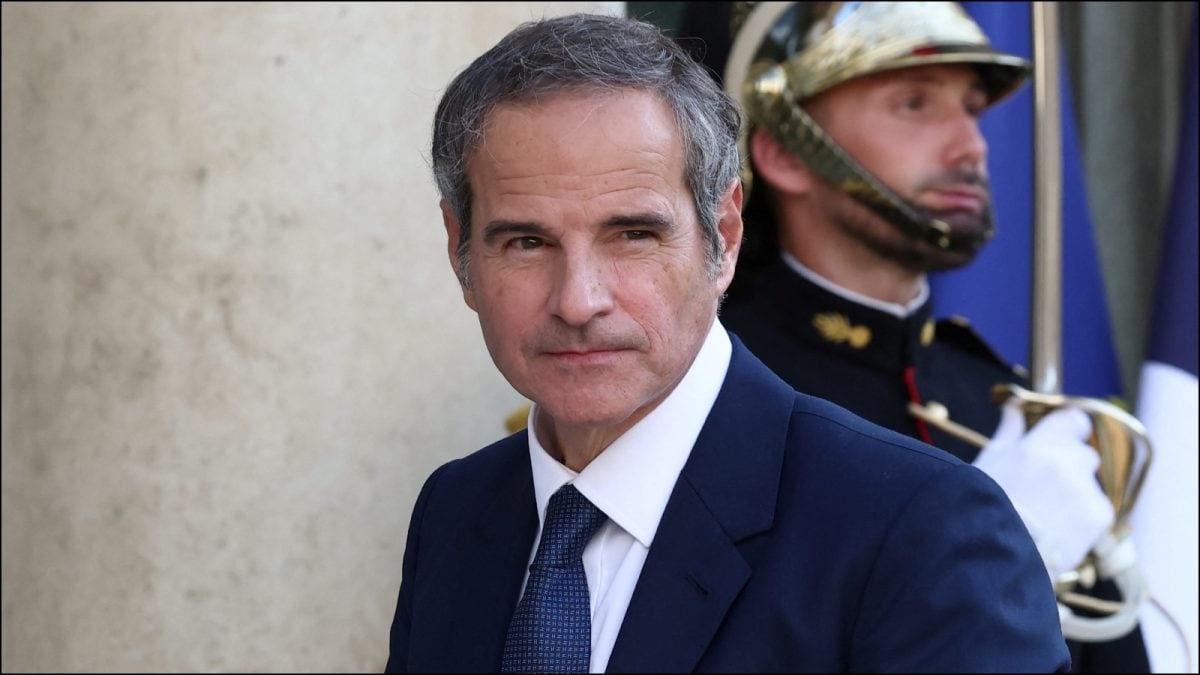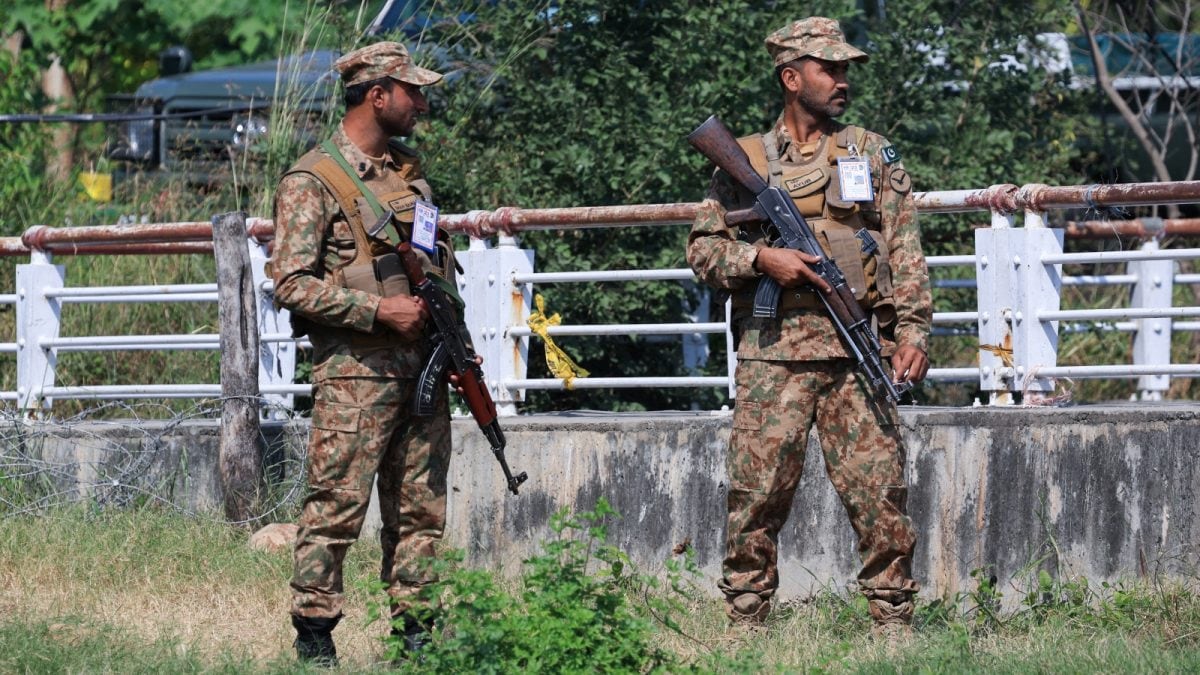Last Updated:April 30, 2025, 14:30 IST
The Pahalgam attack is the latest chapter in Pakistan’s decades-long strategy where the military and ISI train, fund, and shield terror groups to destabilise India

The Pakistan Army’s ties with jihadist networks are longstanding. (Representative/AP File)
The deadly terrorist attack in Jammu and Kashmir’s Pahalgam that left 26 civilians dead has once again exposed Pakistan’s continued use of terrorism as a tool of state policy. Intelligence inputs suggest that the assault, carried out by Lashkar-e-Taiba’s (LeT) proxy outfit, The Resistance Front, was incited by Pakistan Army Chief General Asim Munir’s “jugular vein" reference to Kashmir.
This latest strike is not an isolated incident but part of a long-standing strategy by Pakistan’s military-intelligence establishment. Viewing India as an existential adversary, the Pakistan Army has institutionalised terror as a low-cost weapon to destabilise its neighbour while tightening its grip over civilian institutions at home.
The Proxy Playbook
Groups like LeT and Jaish-e-Mohammed (JeM) are trained specifically to execute attacks in Kashmir and other parts of India. These efforts are designed to keep the Kashmir conflict alive internationally and bleed India “through a thousand cuts."
Pakistan’s Inter-Services Intelligence (ISI) continues to fund, arm, and train these militant outfits. LeT alone is reported to operate 2,200 offices across Pakistan, with active training camps in Punjab and Kashmir. Hizbul Mujahideen (HM) also receives support from the ISI.
Terrorism, however, serves not just as an external weapon but also as a domestic tool. By positioning itself as the guardian against external threats, the Army has justified its dominance over Pakistan’s civilian apparatus.
Sectarian Strategy And Religious ism
Internally, the military’s alignment with Deobandi and Ahl-e-Hadith groups has fostered a Sunni Islamist identity, marginalising minorities such as Shias and Ahmadis. Sectarian outfits like Lashkar-e-Jhangvi have been used to target these communities. These domestic attacks reinforce the army’s narrative of Islamic unity in the face of both internal and external threats.
The Pakistan Army’s ties with jihadist networks are longstanding. During the Soviet-Afghan War, it collaborated with Deobandi madrassas and trained mujahideen with US and Saudi funding. In 2001, the Pakistani Air Force orchestrated the Kunduz airlift, evacuating 5,000 Taliban and Al-Qaeda leaders who had been encircled by NATO forces.
The Army and ISI have also long fuelled separatist violence in Kashmir, a strategy that dates back to 1947.
Global Attention, Minimal Action
Pakistan’s record has drawn frequent attention in international reports. The country has been cited by the United States for providing safe havens to groups like LeT. The Financial Action Task Force (FATF) placed Pakistan on its “grey list" multiple times for failing to curb terror financing, with the last removal taking place in 2022.
In 2008, the Brookings Institution had labelled Pakistan “the world’s most active sponsor of terrorism." Despite mounting evidence, the European Union has been criticised for ignoring Pakistan’s role. A 2020 European Parliament report flagged “inefficient policies pushed by the military" and Pakistan’s failure to act against groups like LeT, even as ISI-backed groups operated freely.
Admissions From Within
Senior Pakistani leaders have, over time, openly acknowledged the state’s involvement in fuelling terrorism. Former President Pervez Musharraf admitted that Pakistan trained and supported LeT and JeM to fight in Kashmir — calling it a strategy to “internationalise" the issue.
Nawaz Sharif had implied government involvement in the 2008 Mumbai attacks. His successor, Imran Khan, admitted that 30,000 to 40,000 terrorists were operating on Pakistani soil, blaming previous administrations for hiding the truth.
ISI’s Terror Trail
The ISI has been linked to several major terror attacks targeting India. These include the 2008 Mumbai attacks that killed 166 civilians, the 2001 Indian Parliament attack, the 2007 Hyderabad bombings, and the 2008 bombing of the Indian Embassy in Kabul — the last of which was confirmed by US intelligence.
Blowback At Home
The policy of nurturing jihadist groups has backfired. Lashkar-e-Jhangvi, once used to target minorities, has contributed to rising sectarian violence against Shias, Ahmadis, and Sufis. The 2010 attack on Lahore’s Data Darbar shrine and other Sufi sites has been traced back to ISI-backed militants.
Pakistan’s state-led Islamisation under General Zia-ul-Haq between 1979 and 1988 embedded jihadist ideology in educational and military institutions — a legacy that continues to radicalise segments of society.
Today, the very militants once supported by the state have turned their guns on it. Groups like Tehreek-e-Taliban Pakistan (TTP) are now targeting the Pakistani military. In March 2025 alone, over 335 Pakistanis were killed — the deadliest month in a decade.
Location : First Published:April 30, 2025, 14:30 IST
News world Inside Pakistan’s Terror Playbook: Army, ISI, And The Use Of Militancy As State Policy

 1 month ago
1 month ago


